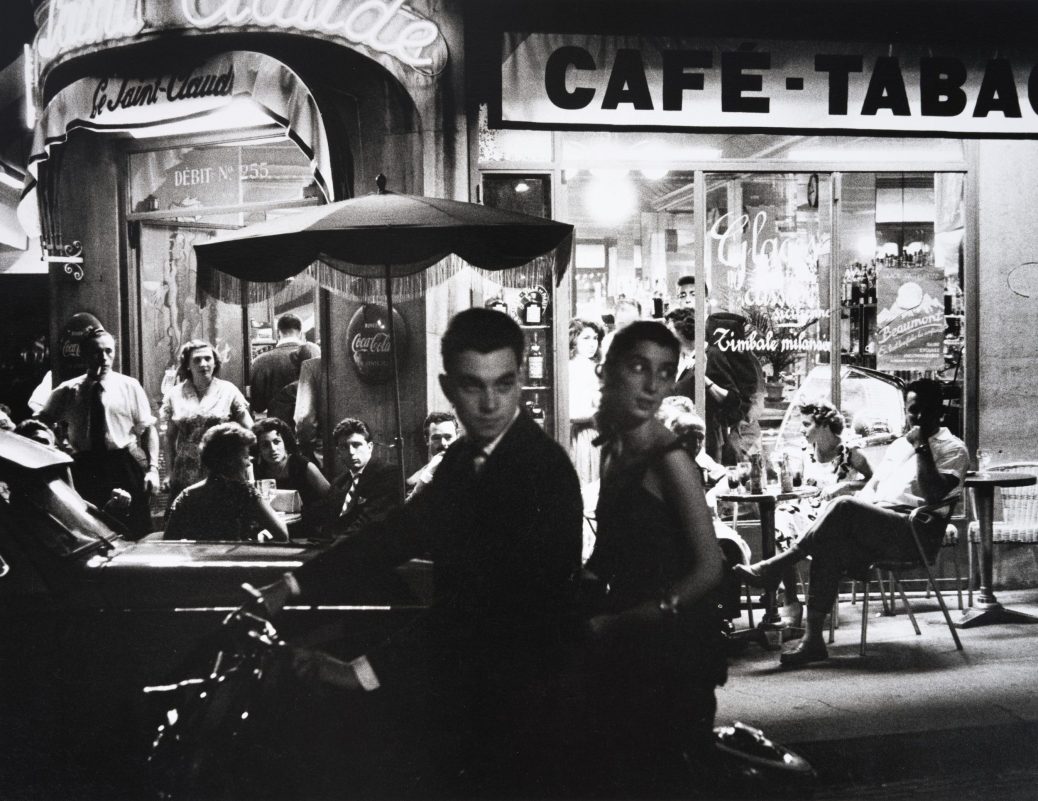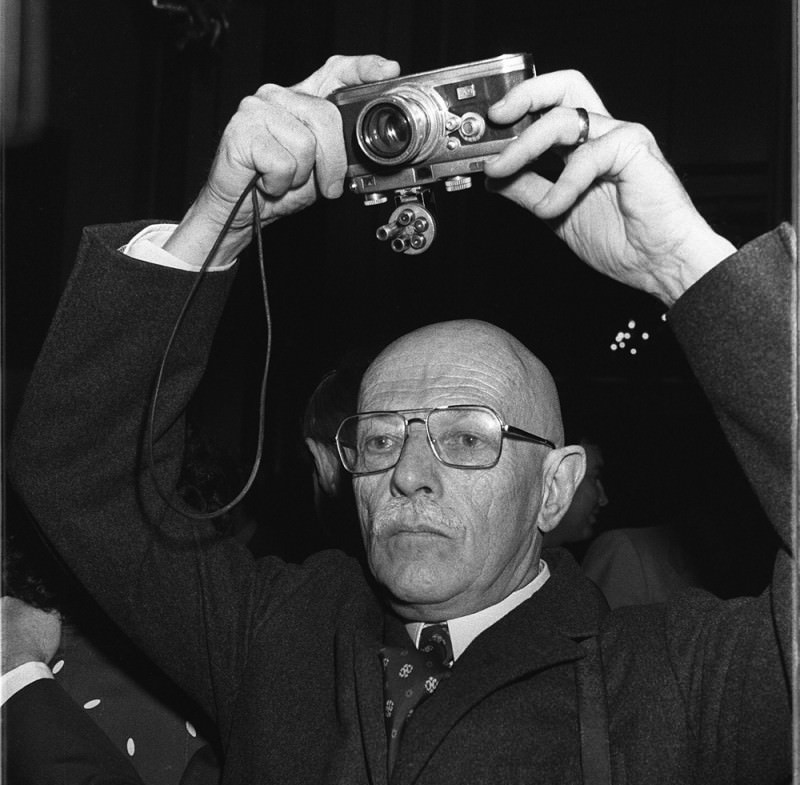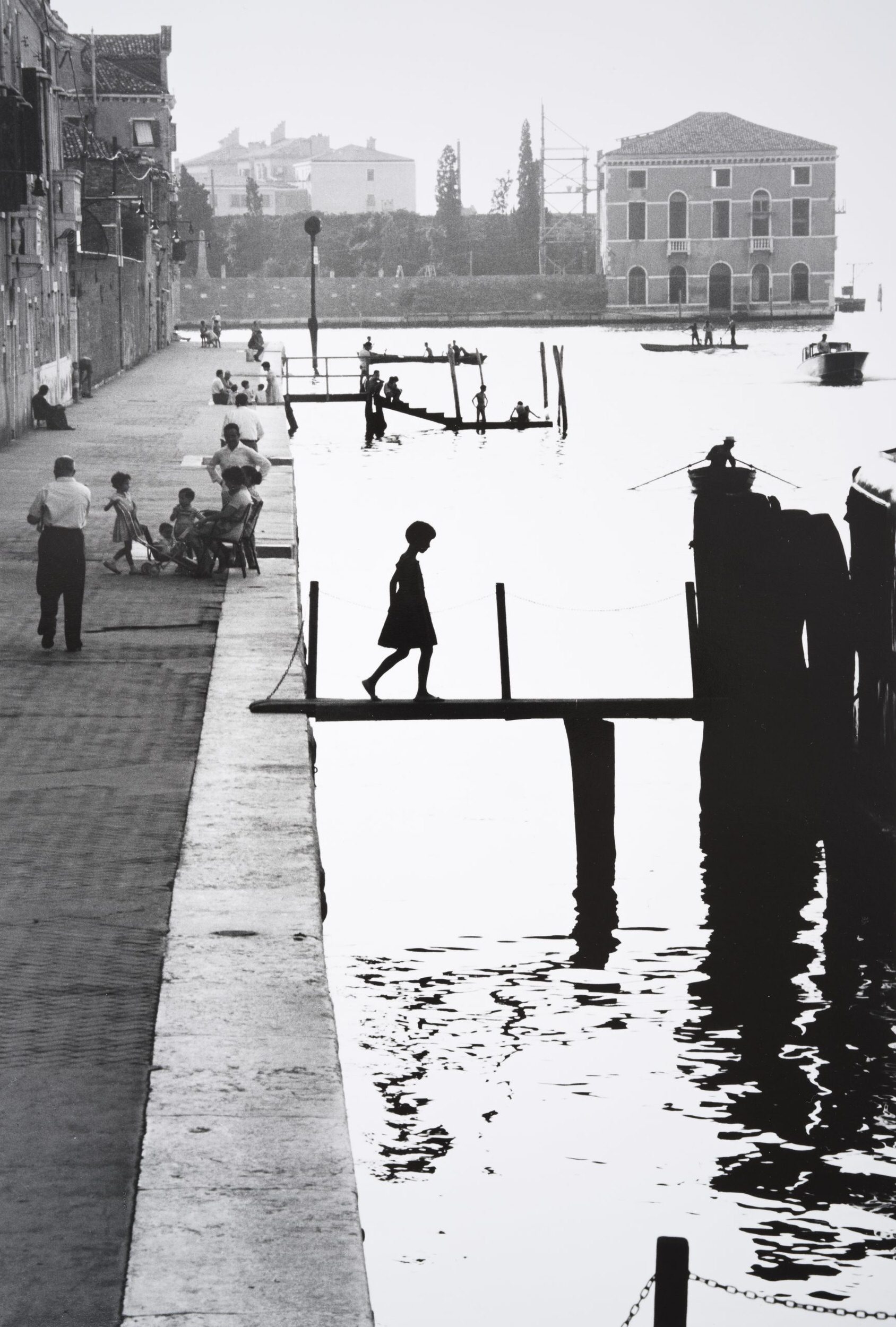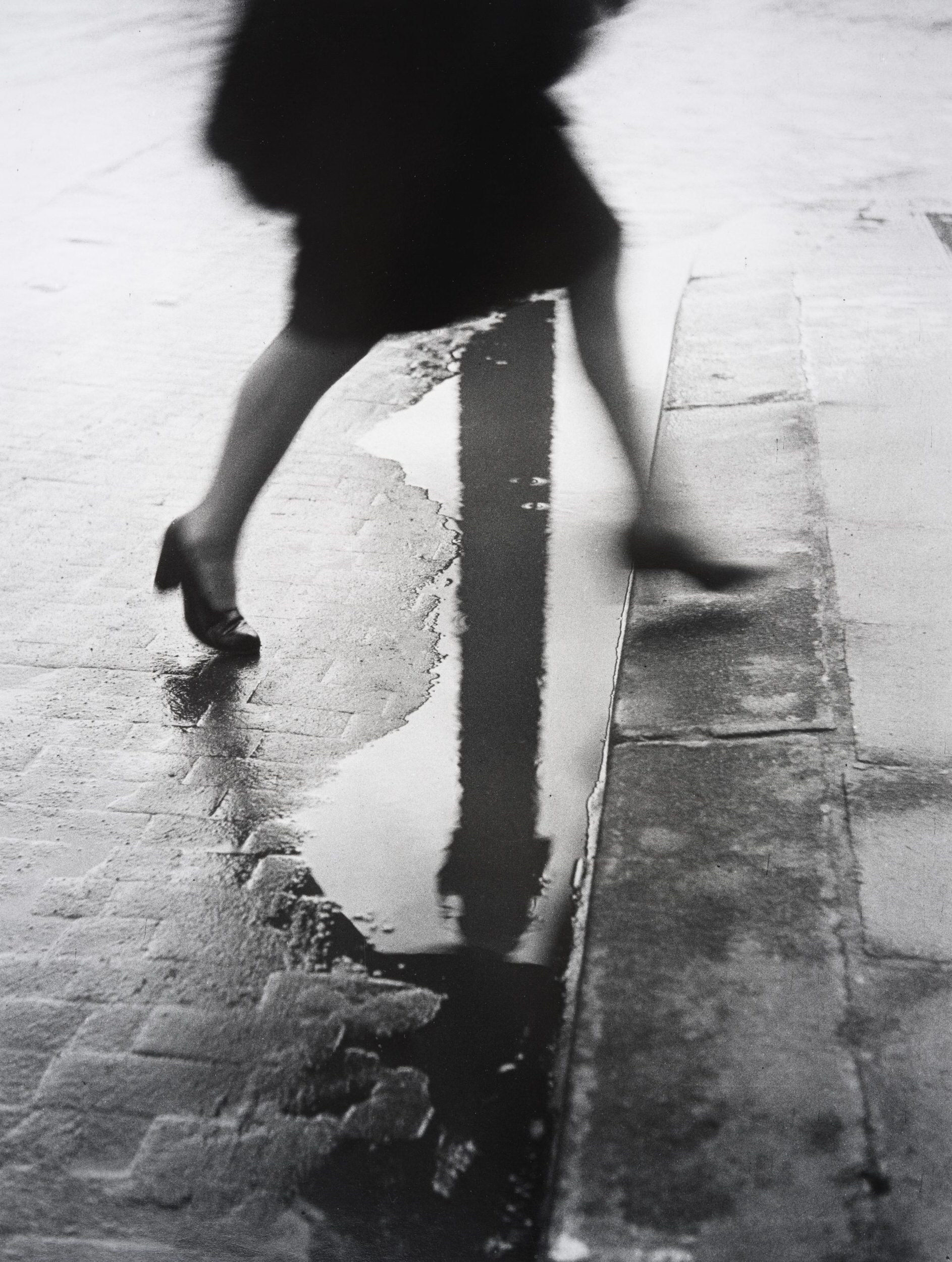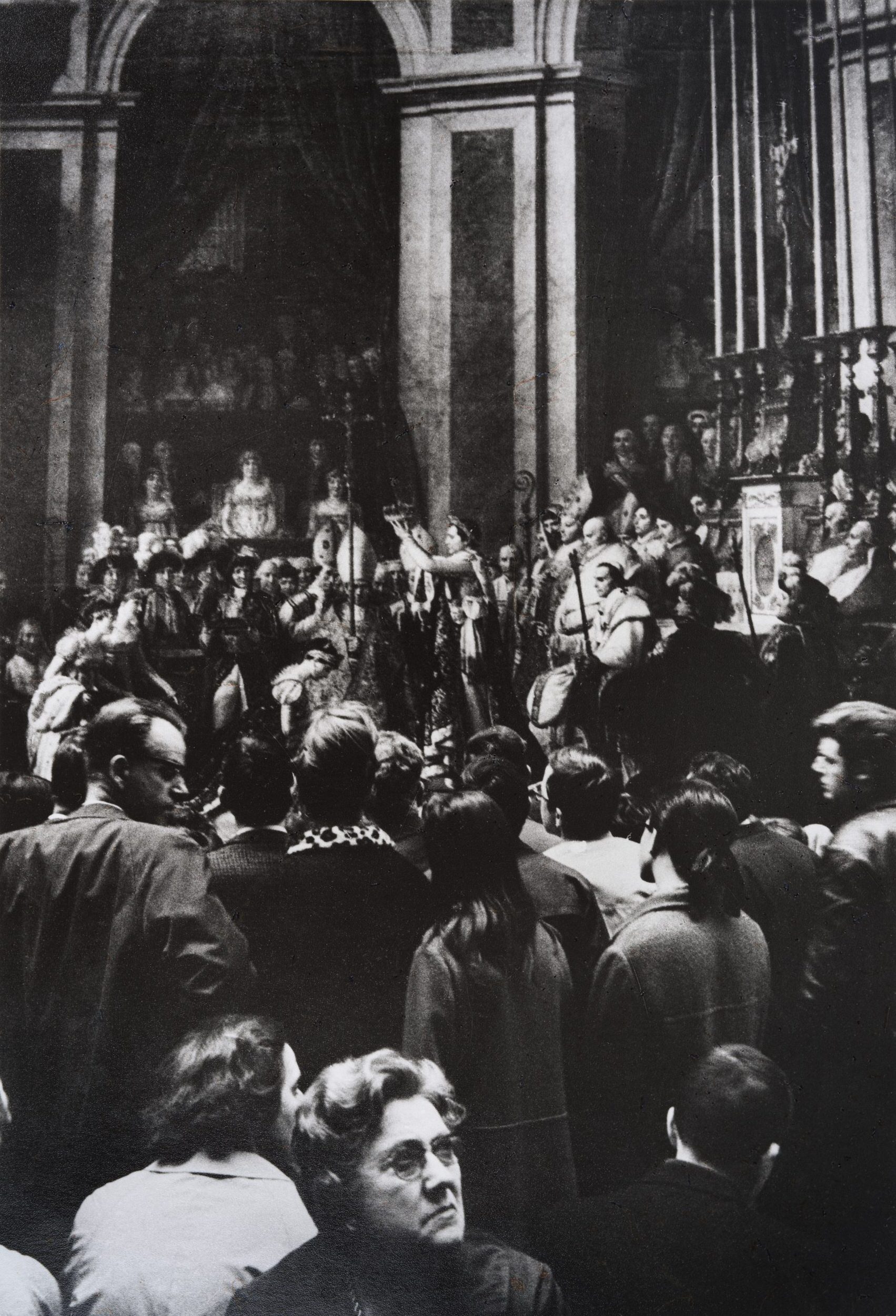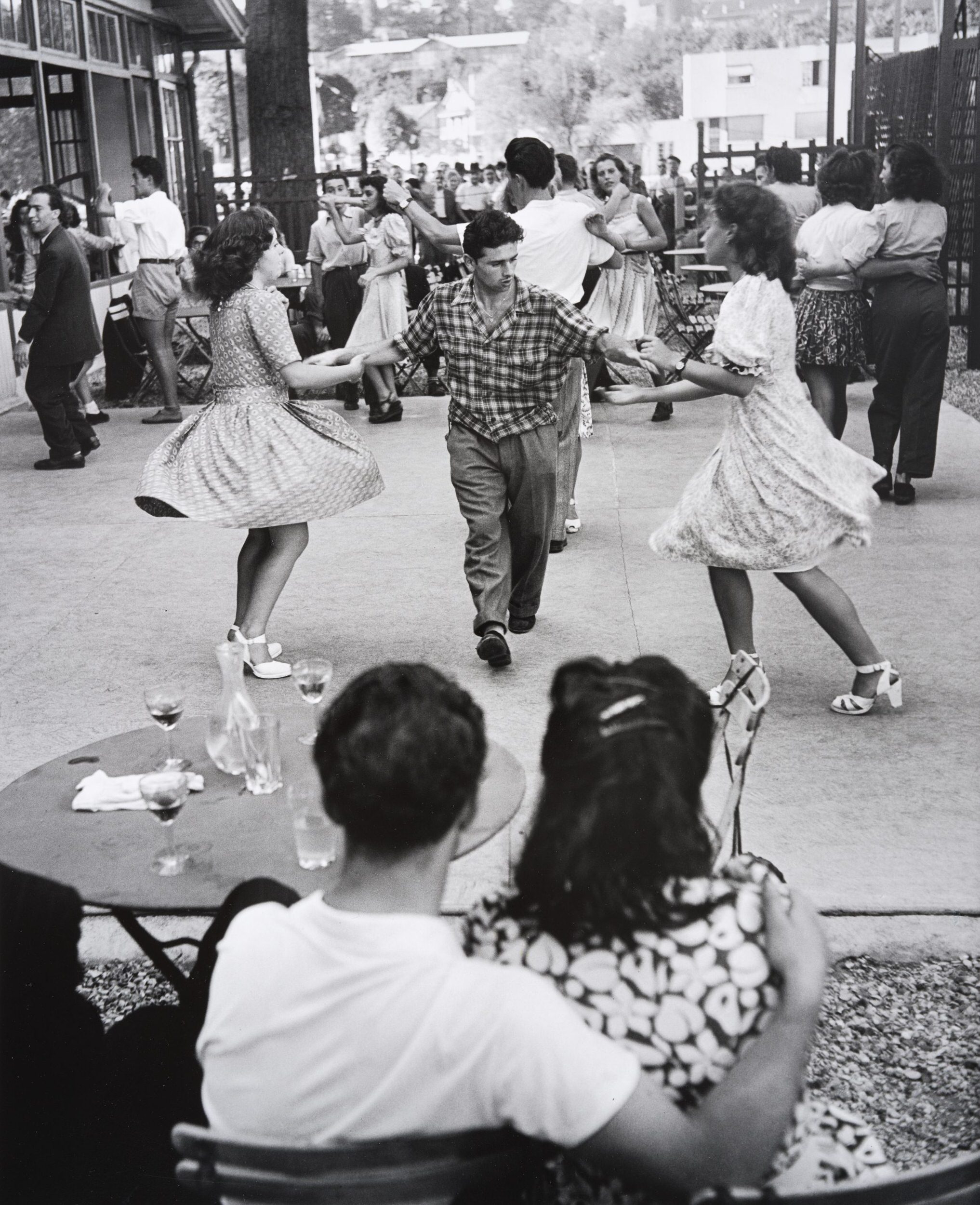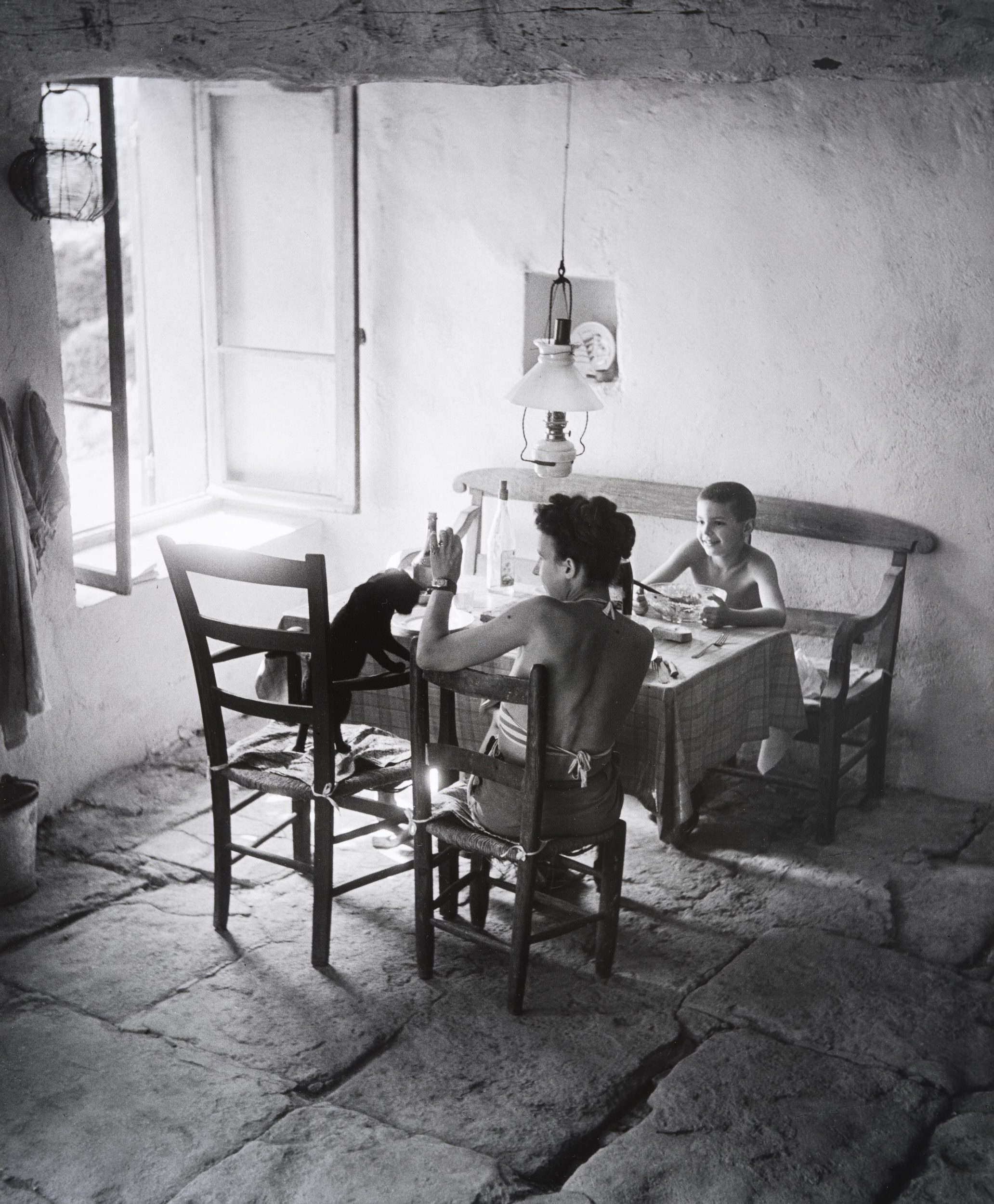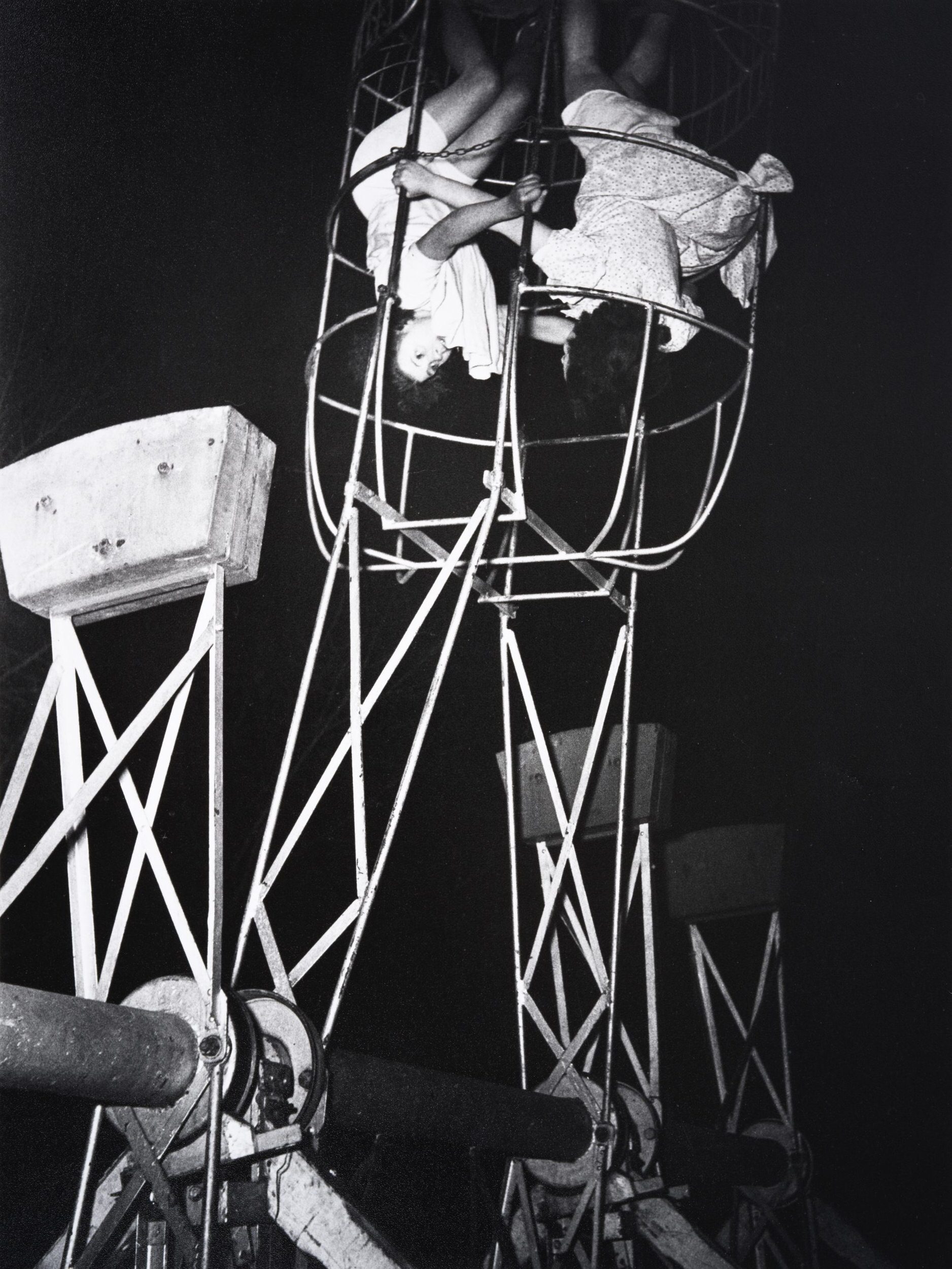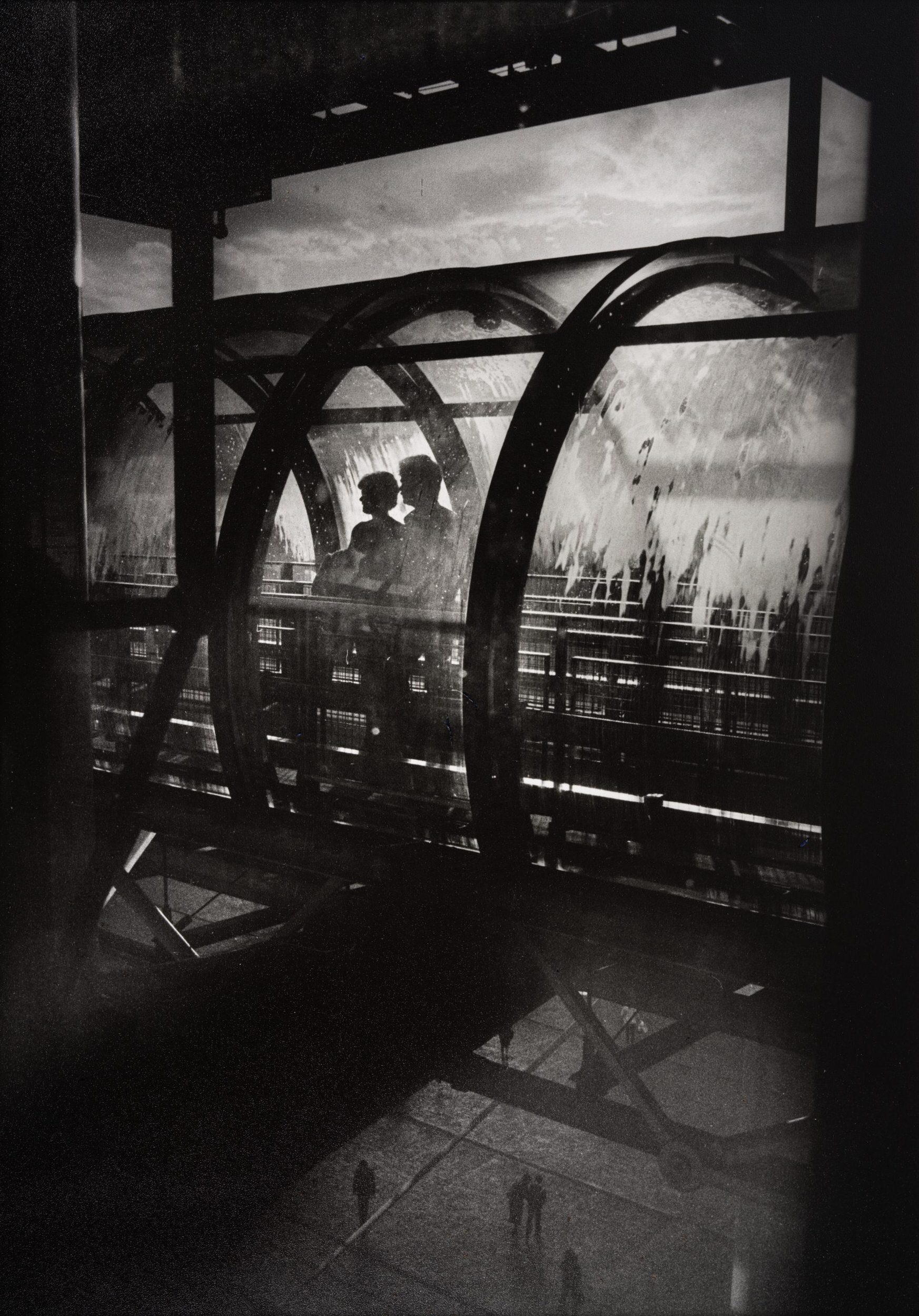Willy Ronis: The Whirlwind of Life
A seminal figure in the world of humanist photography, Willy Ronis (1910–2009) embodied a vision of the medium rooted in empathy and affection for humanity. He once described this French movement as “the perspective of a photographer who cherishes human beings.” Deeply shaped by his background in music and painting, Ronis approached photography like a composer or painter—carefully crafting his frames with artistic precision, and capturing ordinary moments with tenderness and unfiltered joy. For him, photography was a way to elevate everyday life. “At times,” he said, “you can catch a sublime instant—and that brings extraordinary fulfillment.”
From the boulevards of Paris to the sunlit corners of Provence, through London and Venice, Ronis turned his lens on the human condition: workers’ protests, glimpses of postwar hope, and serendipitous scenes unfolding in the streets. This exhibition presents both his iconic works and lesser-known gems, offering a refreshed perspective on his multifaceted body of work. He embraced this variety of subjects as a personal philosophy: “I like to try a bit of everything. That way, I can give more attention to what really moves me and let go of what doesn’t. Is it about freedom? Perhaps. But more than that, it’s about curiosity and an appetite for diversity.”
The photographs featured in Willy Ronis, The Whirlwind of Life come from the generous donation of Tina Vazquez—a lifelong companion, friend, and integral part of Ronis’s extended family. This exhibition not only celebrates Ronis’s enduring legacy and artistic generosity but also pays tribute to the deep bond of friendship that united him with Ms. Vazquez.
About the Author
Born on August 14, 1910, in Paris, Willy Ronis was the son of Jewish immigrants—his father, Emmanuel, from Ukraine, a photographer by trade, and his mother, Tauba Gluckman, a Lithuanian pianist. The couple met around 1904 and settled in the city’s 9th arrondissement, creating a home steeped in art and music. Ronis grew up in a household of music lovers. At the age of seven, he began playing the violin and aspired to become a composer. But everything changed when, at fifteen, his father gave him his first camera. Though photography was initially just a hobby—developing prints and experimenting with images in his spare time—Ronis was slowly drawn into its world. After a short-lived stint studying law at the Sorbonne and a failed oral exam, he completed his military service. Upon his return in 1932, he found his father gravely ill. Out of a sense of duty, Ronis stepped in to help at the family’s photography studio. While he learned the technical skills of retouching and darkroom work, he remained largely uninterested in traditional studio photography. Instead, he spent his time at exhibitions and roaming the halls of the Louvre, nurturing an artistic sensibility shaped by painting and sculpture.
By 1936, armed with a Rolleiflex camera, Ronis began documenting the rise of the Popular Front and workers’ protests, with his first photographs published in the magazine Regards. That same year, his father passed away, prompting Ronis to close the family shop. From that point on, he fully committed himself to photojournalism. In the late 1930s, he became part of a circle of like-minded photographers, including Robert Capa, Brassaï, Henri Cartier-Bresson, and André Kertész—artists who shared a deep belief in humanist photography. In March 1938, he captured one of his most iconic images: Rose Zehner, a trade unionist at the Citroën factory, addressing her fellow strikers.
With the outbreak of World War II and the implementation of anti-Jewish laws under the Vichy regime, Ronis refused to comply and fled to southern France. During those years, he stepped away from photography, taking up various jobs in theatre and set design.
After the war, he returned to his craft with renewed purpose, documenting the country’s reconstruction. In 1946, he joined the Rapho agency, working alongside Robert Doisneau, and became the first French photographer to collaborate with Life magazine. That same year, he married painter and communist activist Marie-Anne Lansiaux, who would later appear in his famous photograph Nu provençal (1949).
During the 1950s, Ronis emerged as a leading figure in the French humanist photography movement. As a member of the Groupe des XV, he championed photography as an art form in its own right. His images captured fleeting moments of daily life—Parisian streets, dances, and quiet scenes filled with tender humanity.
In 1955, disillusioned by the misuse and manipulation of some of his images by publications for political purposes, he left the Rapho agency. Determined to protect the integrity of his work, he stepped away from photojournalism entirely in 1972 and relocated to the south of France. From 1972 to 1983, Ronis lived in Gordes and later Isle-sur-la-Sorgue. During this period, he turned to teaching, offering photography history courses at institutions in Avignon, Aix-en-Provence, and Marseille. He also continued working on personal projects and select commissions. Recognition came in the later years of his life. In 1979, he received France’s Grand Prix des Arts et Lettres for photography. Three years later, his first monograph Sur le fil du hasard earned the Prix Nadar. These accolades brought him renewed visibility. His books Belleville-Ménilmontant (1984) and Mon Paris (1985) celebrated his evocative vision of the French capital. In 2002, struggling with arthritis, Ronis retired from photography but remained a respected voice in the photographic community. He donated part of his archive to the French state in exchange for financial support during his final years. Willy Ronis passed away on September 11, 2009, in Paris, leaving behind a legacy of images that speak softly but profoundly about humanity, dignity, and everyday beauty.
Willy Ronis: The Whirlwind of Life
March 20 – May 17, 2025
La Galerie Rouge – Paris – France
More info:
www.lagalerierouge.paris

